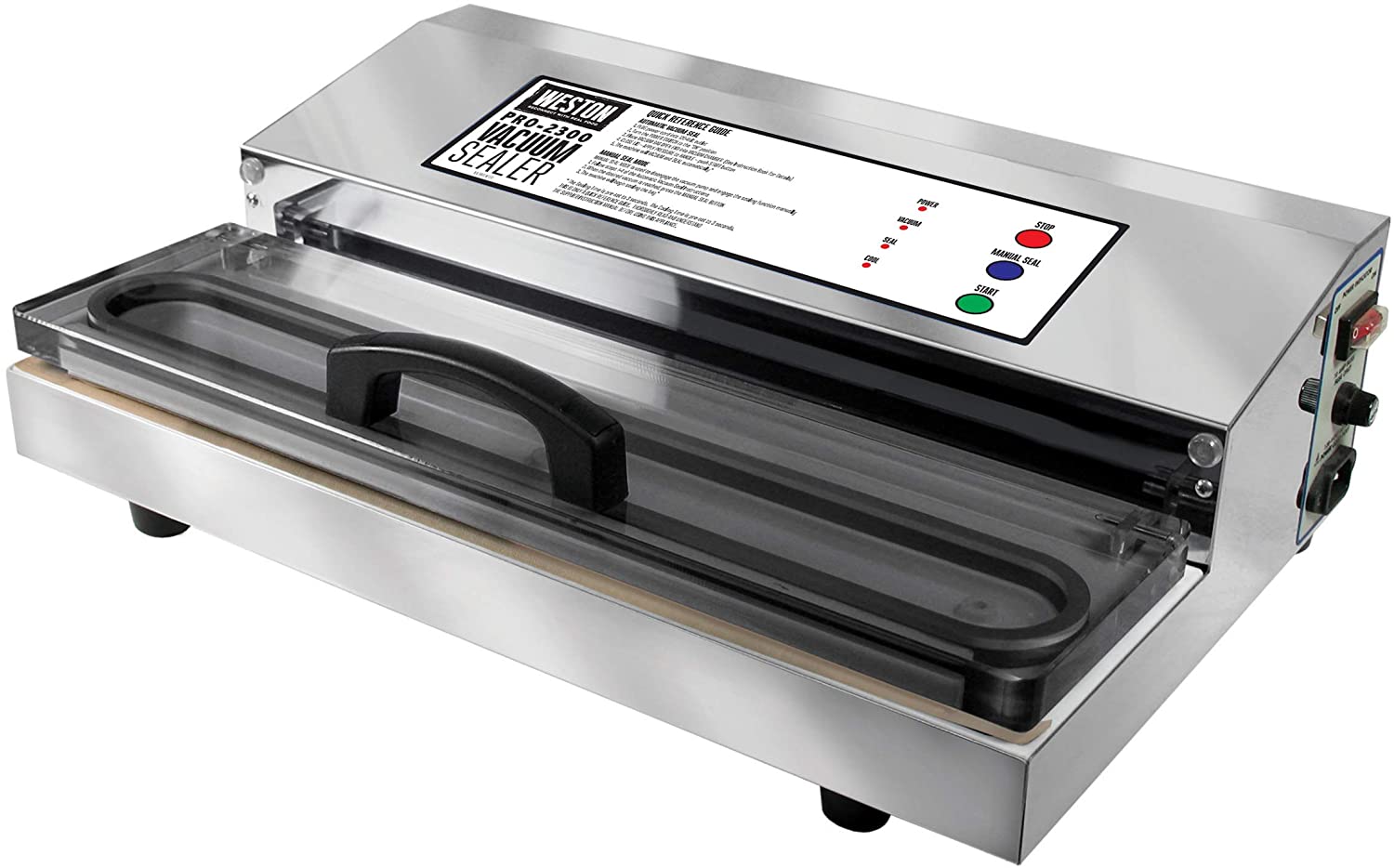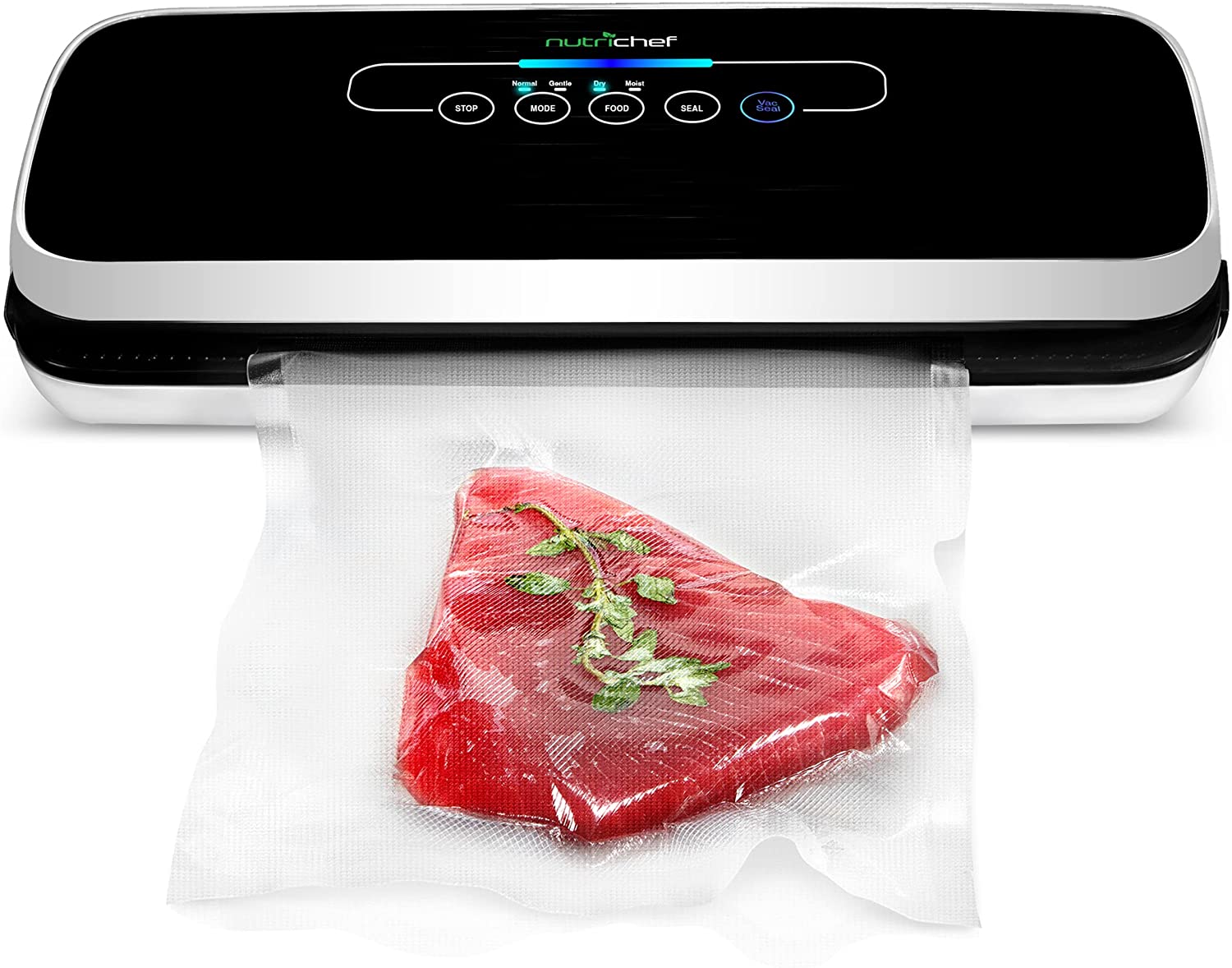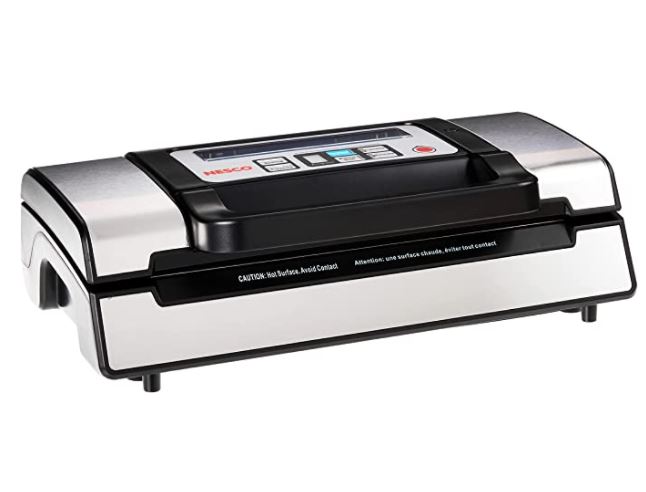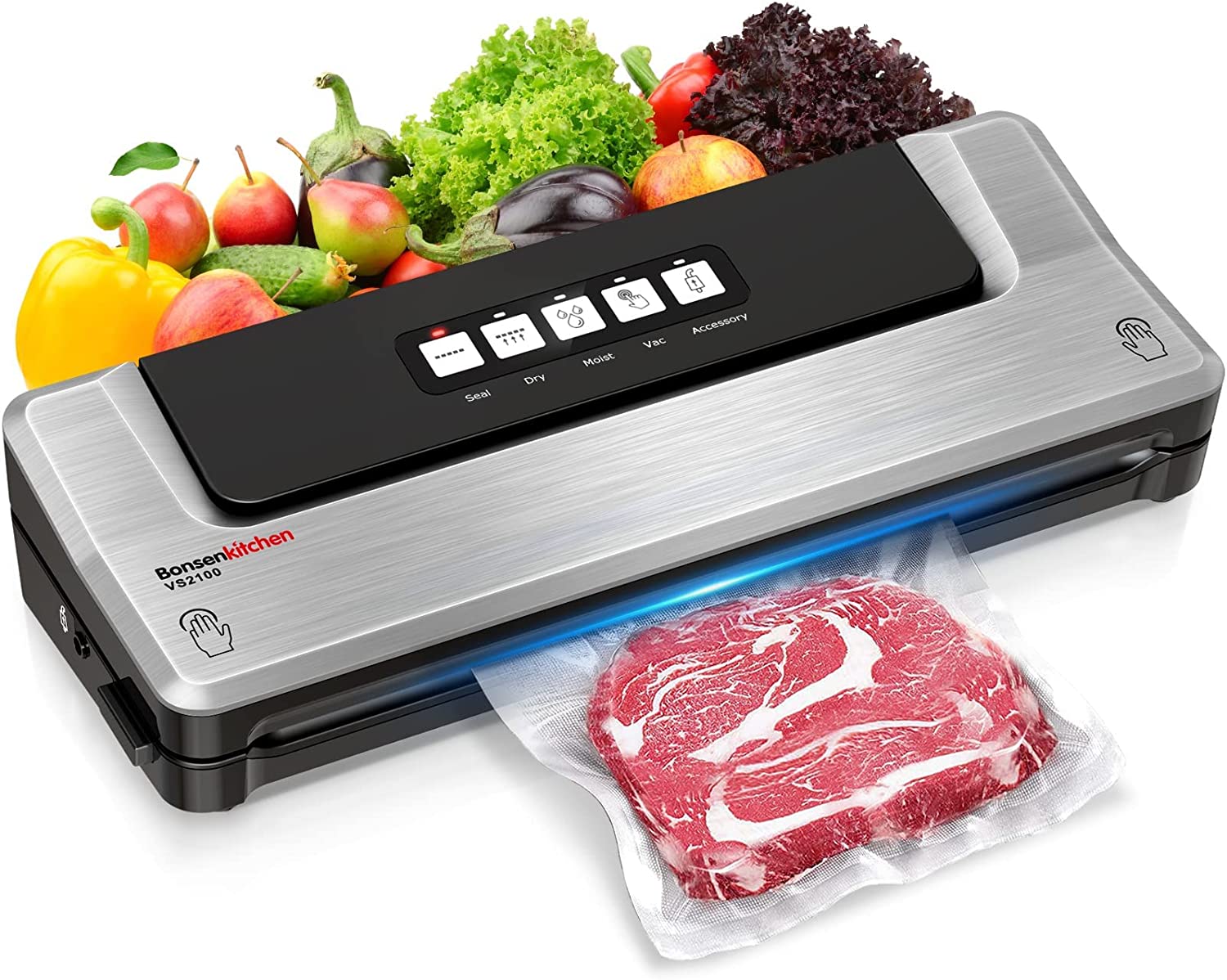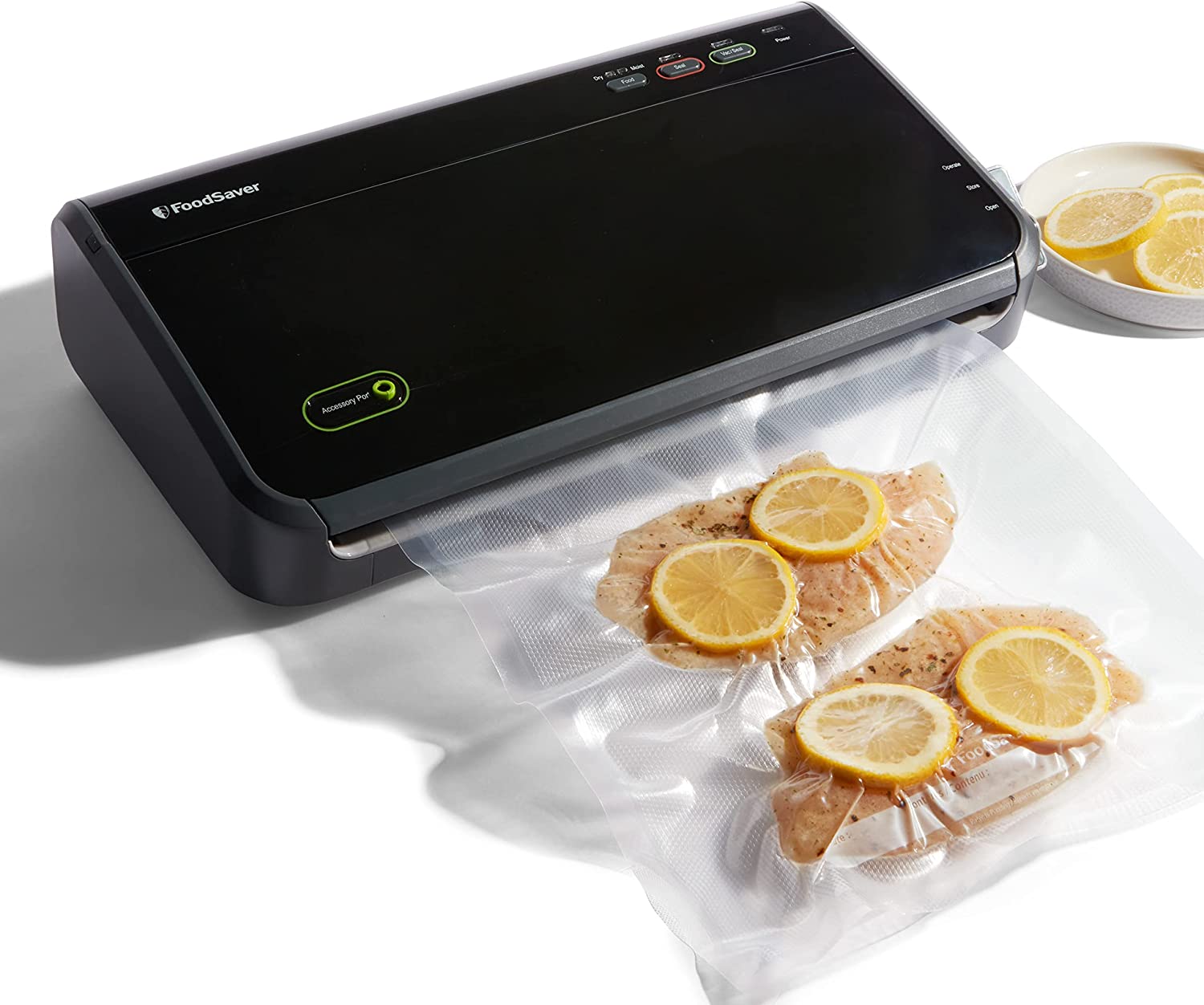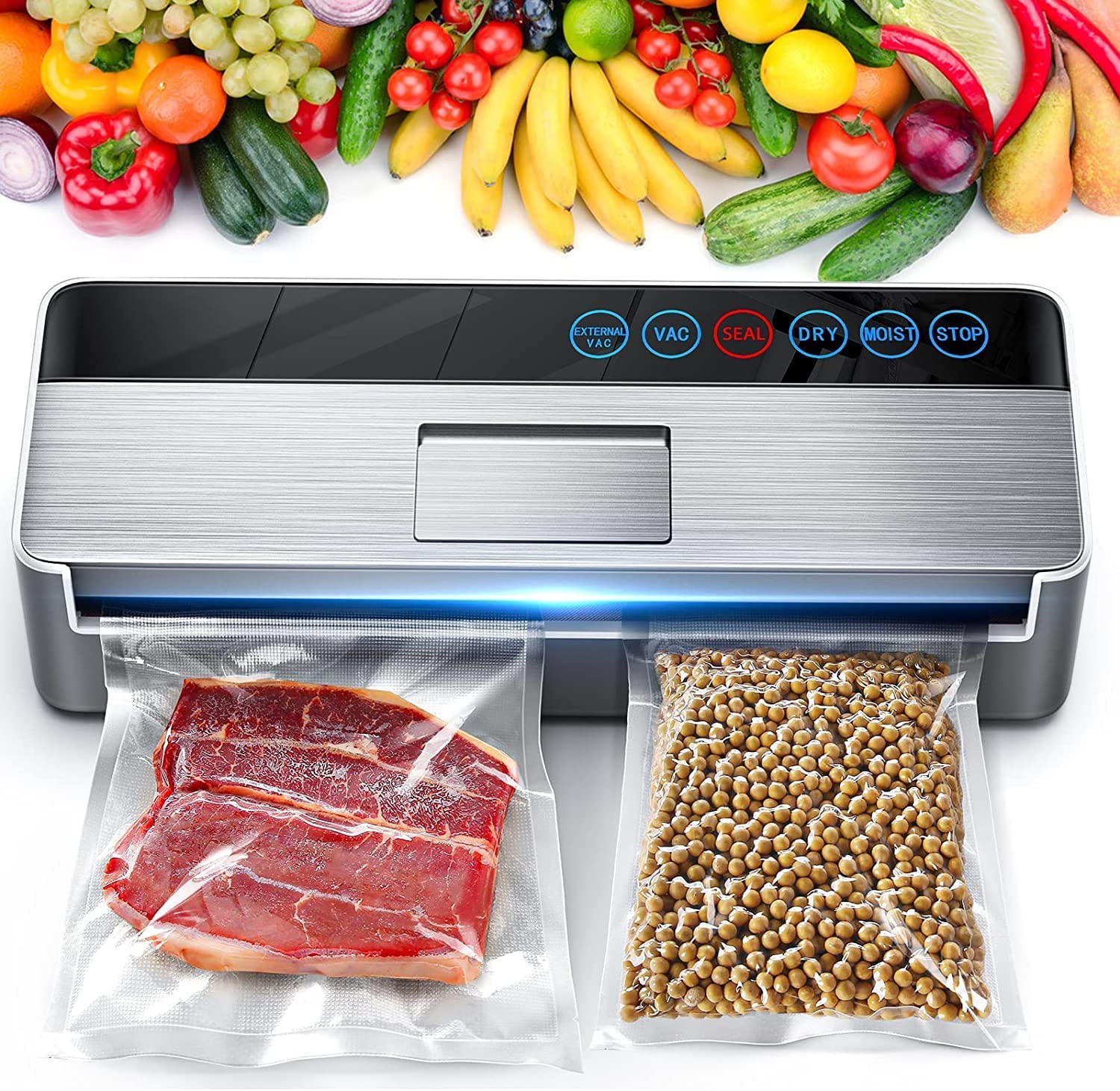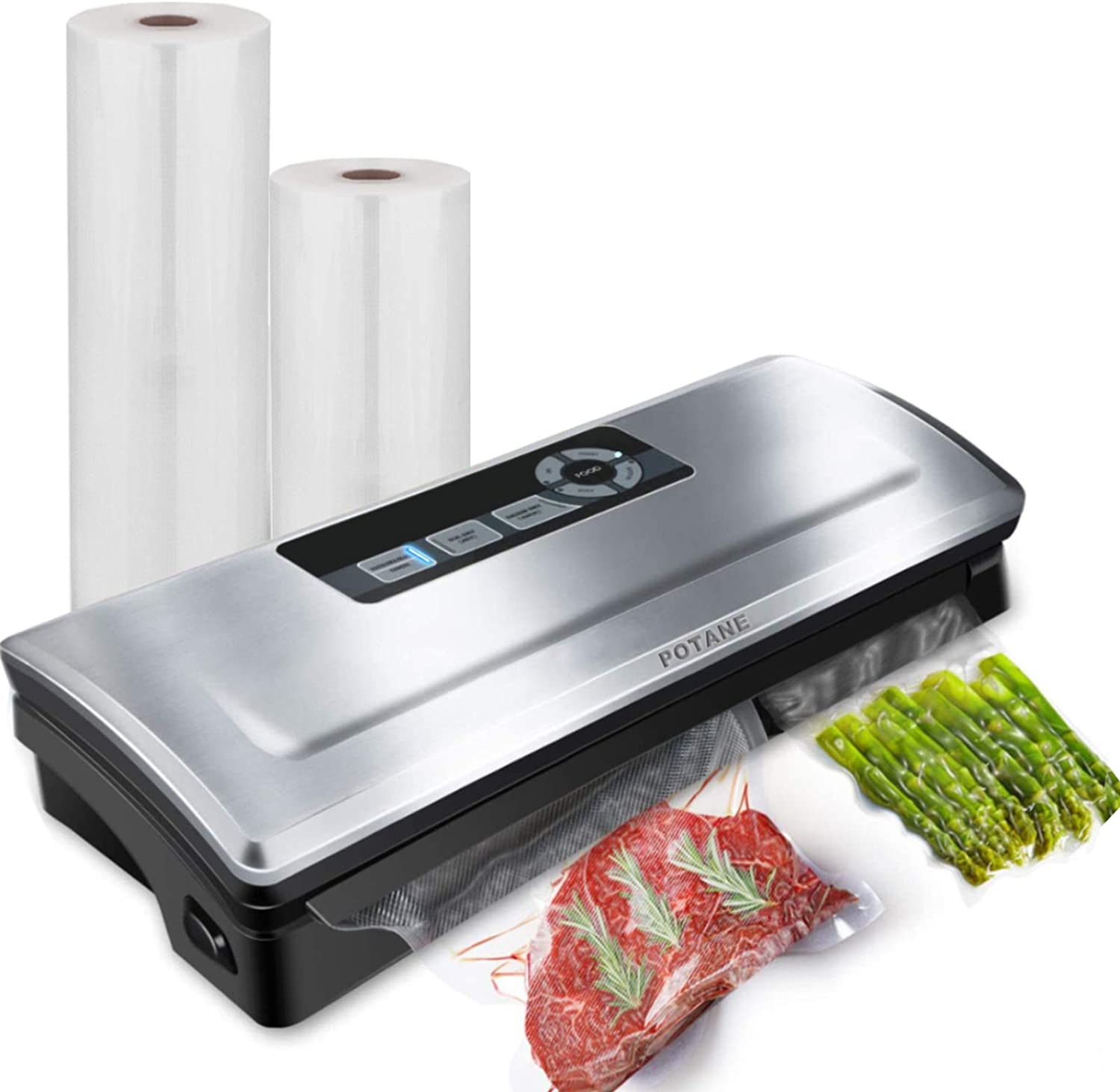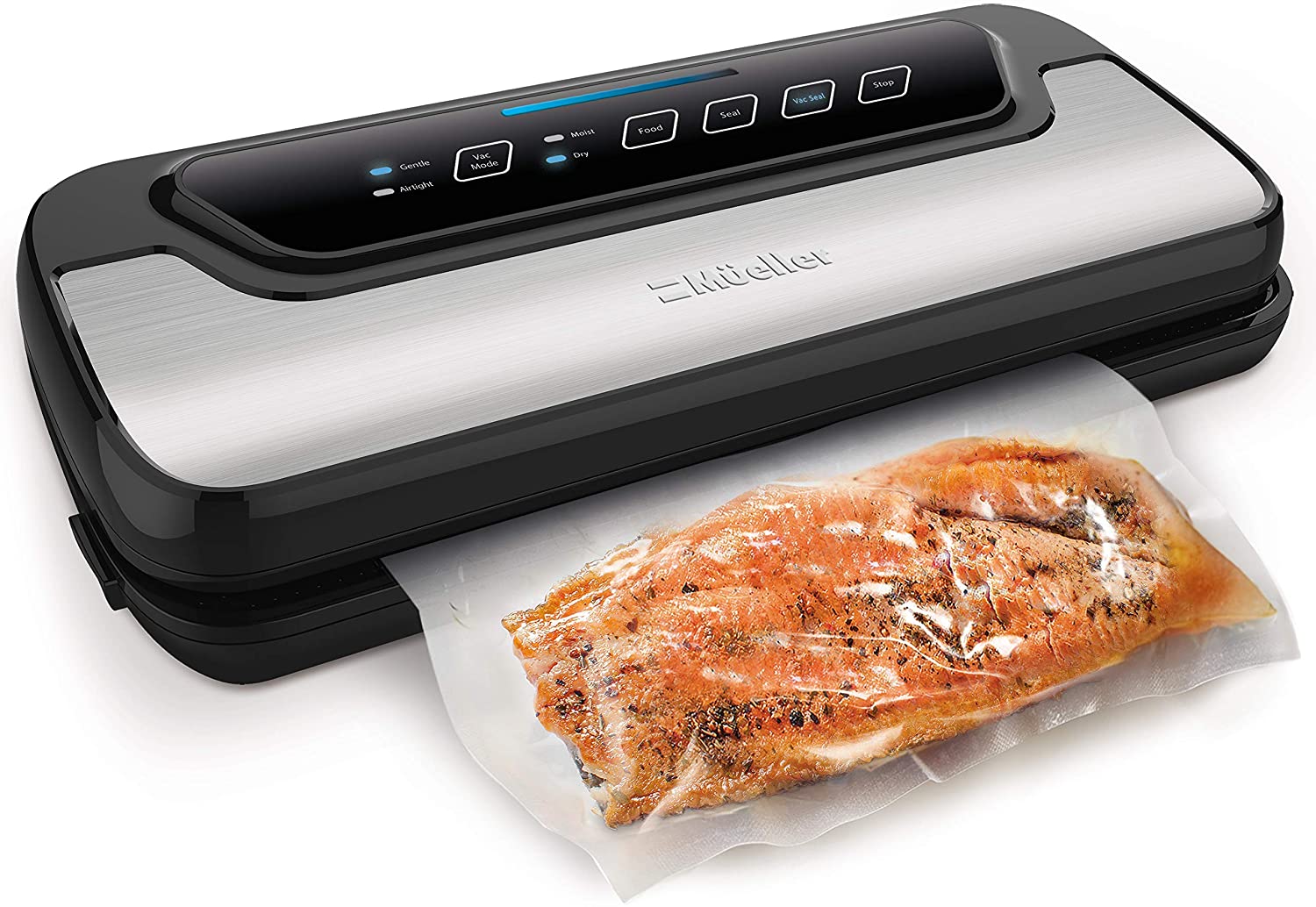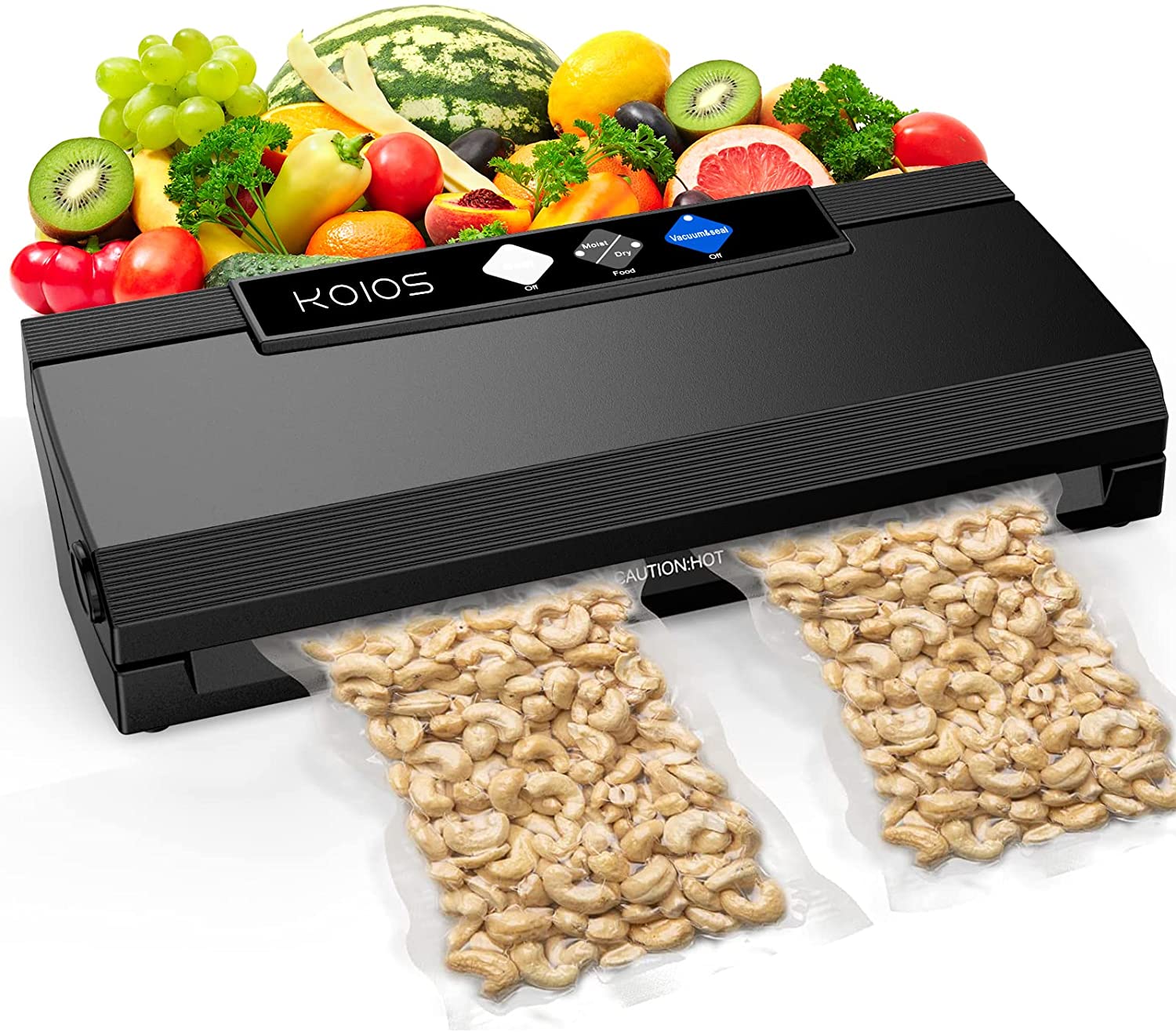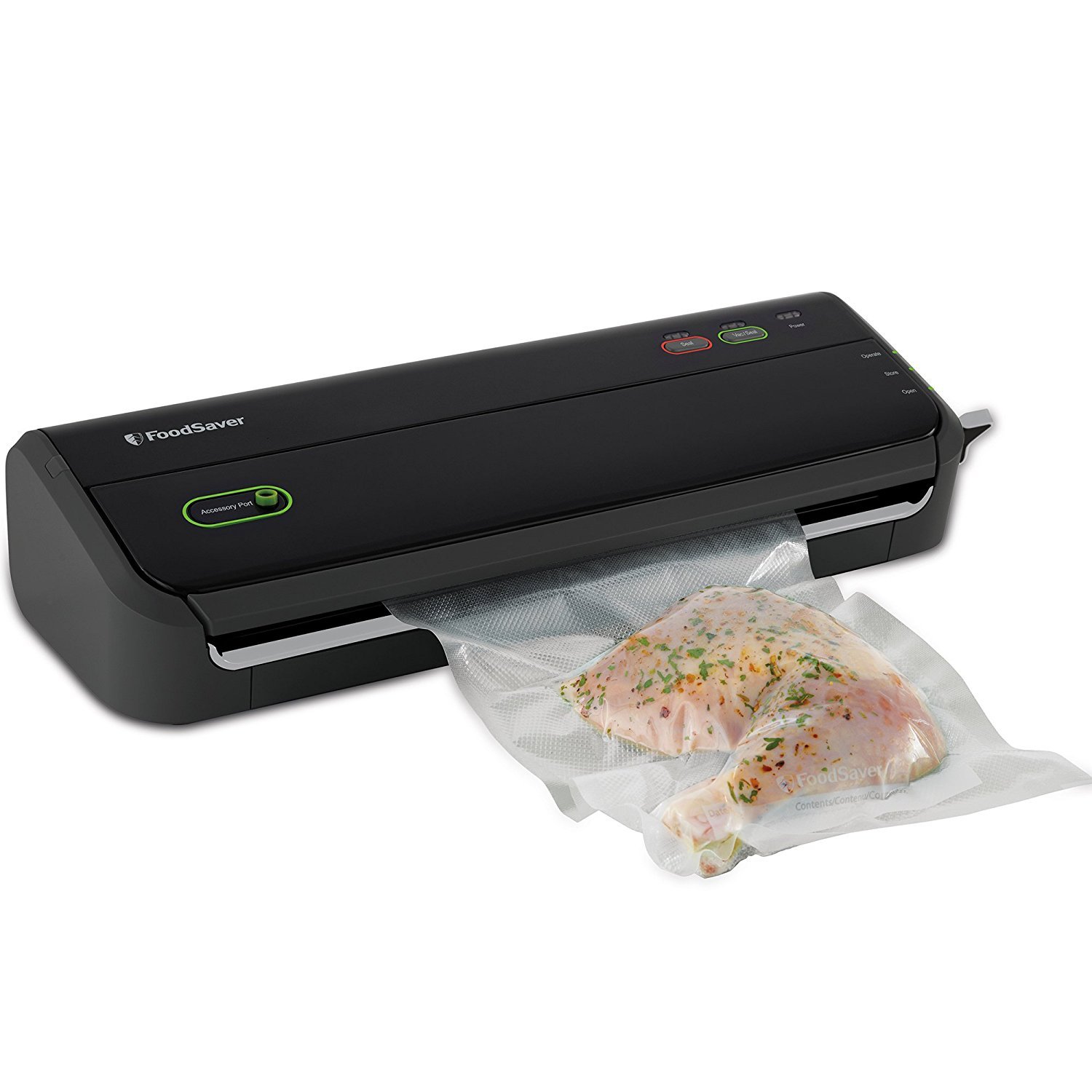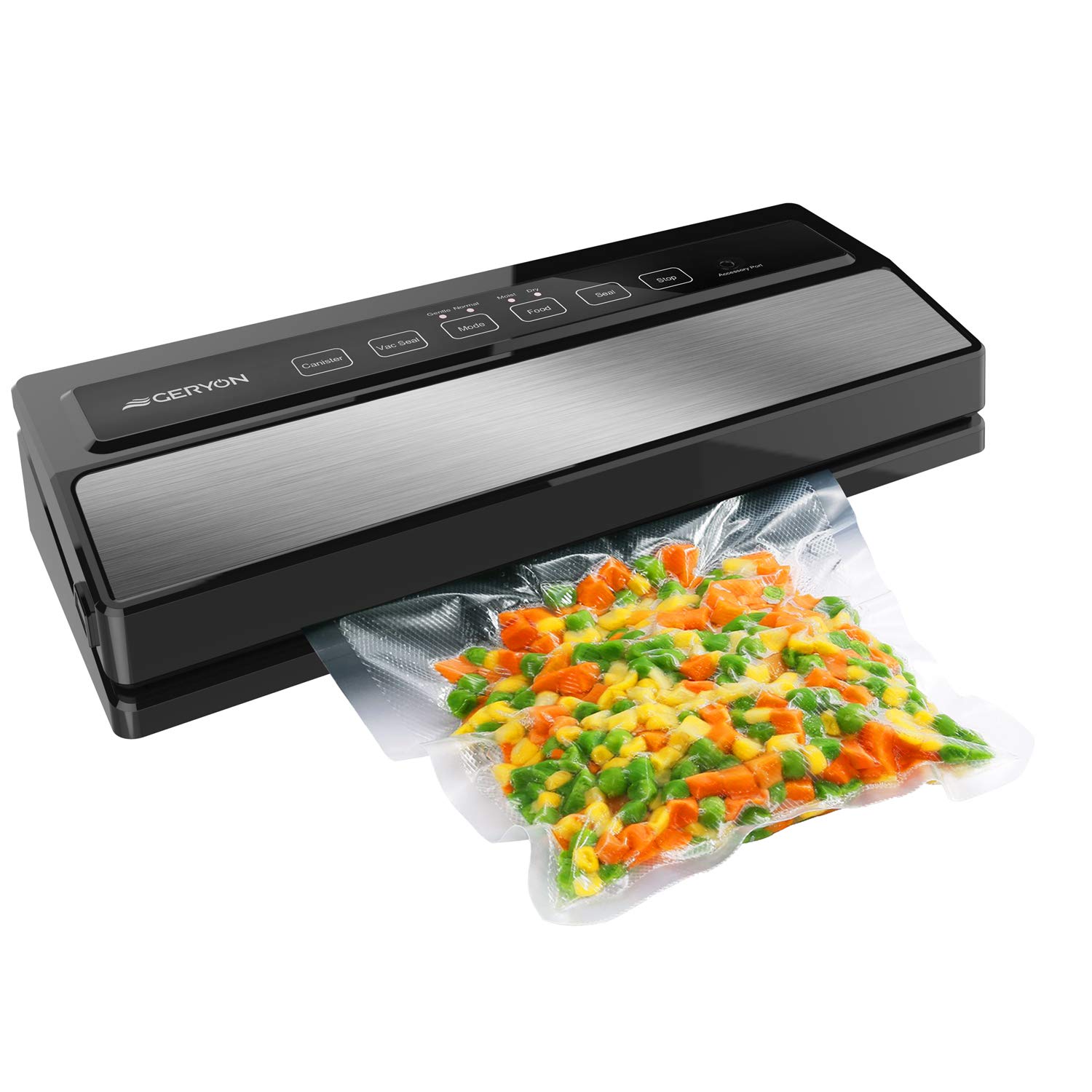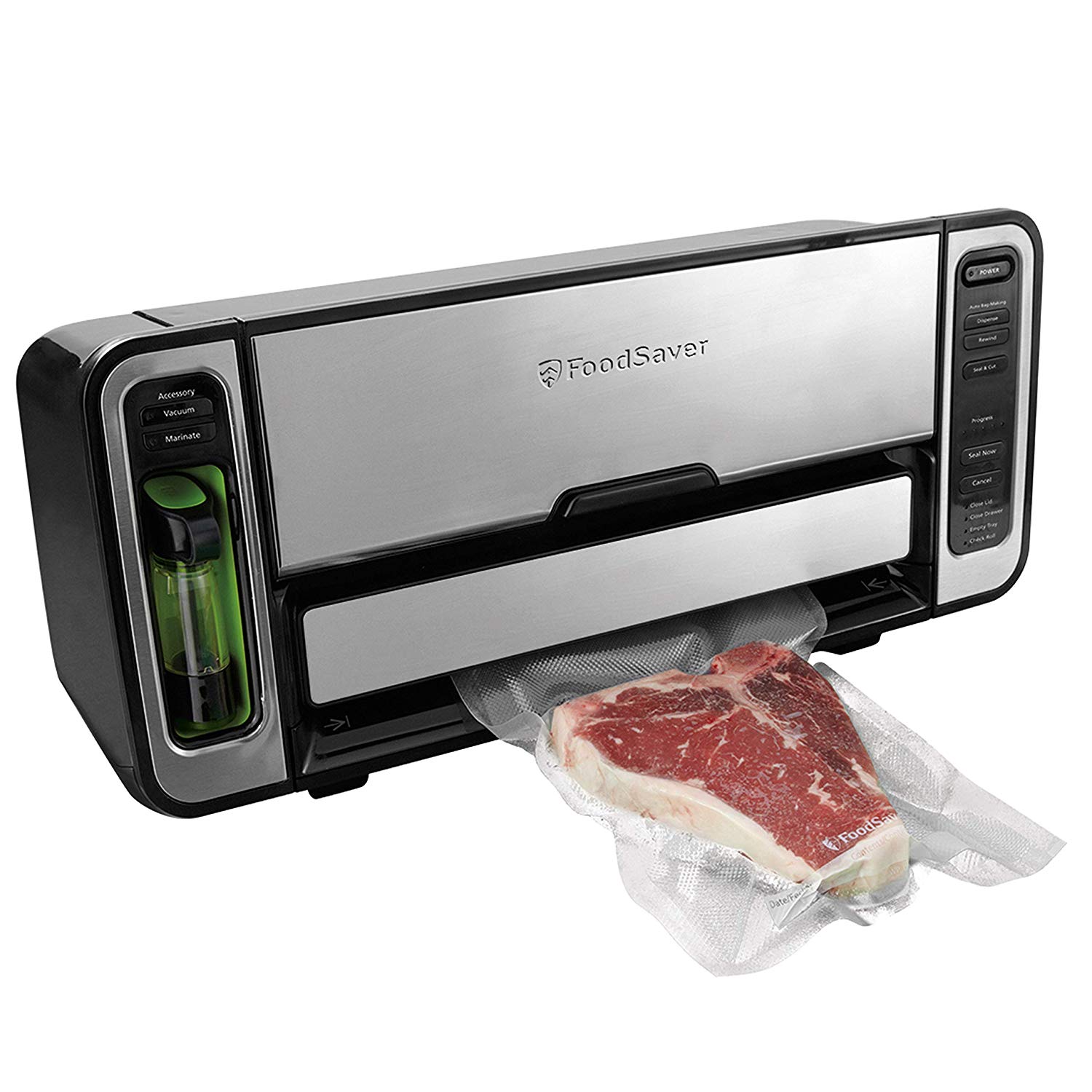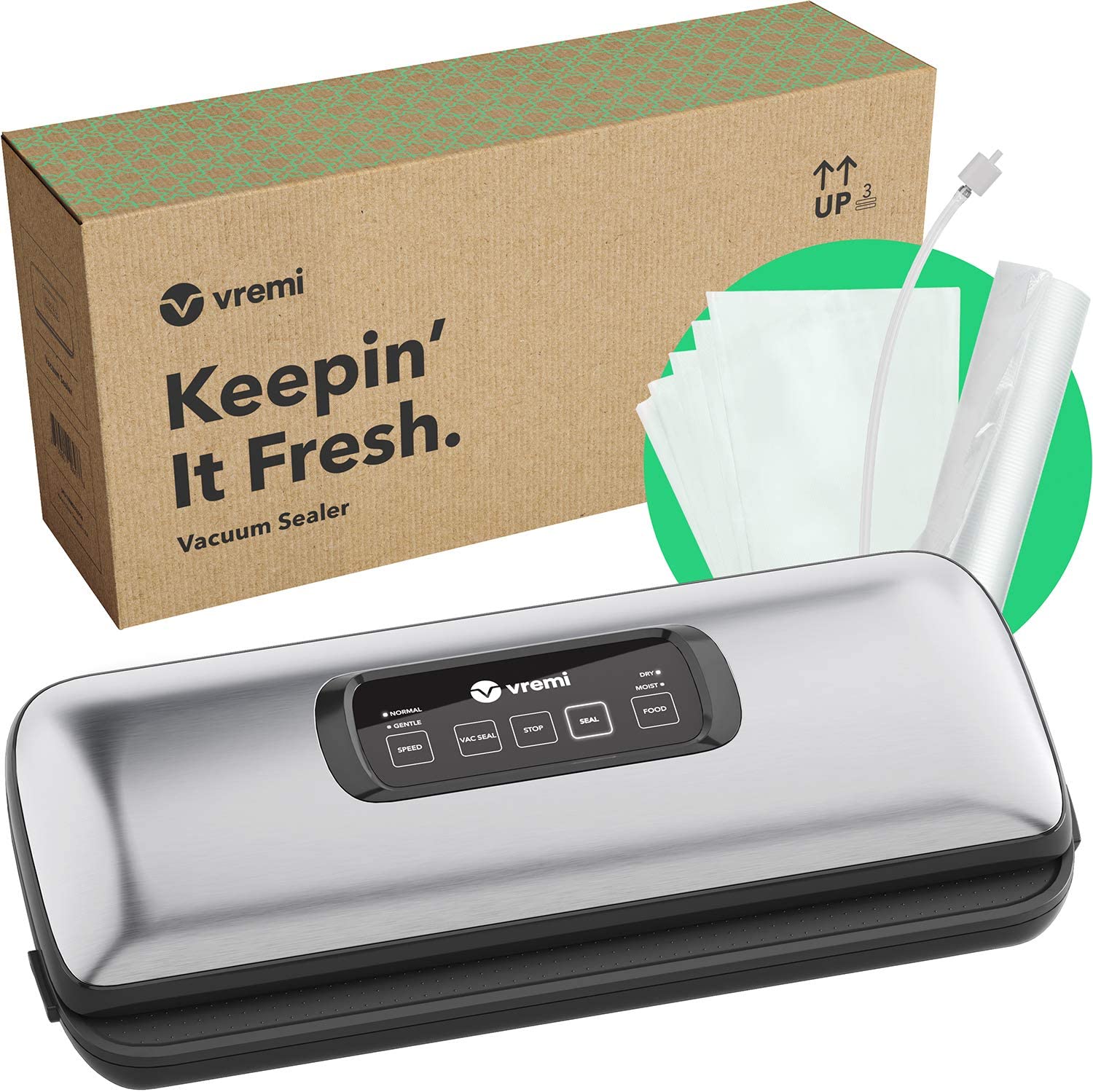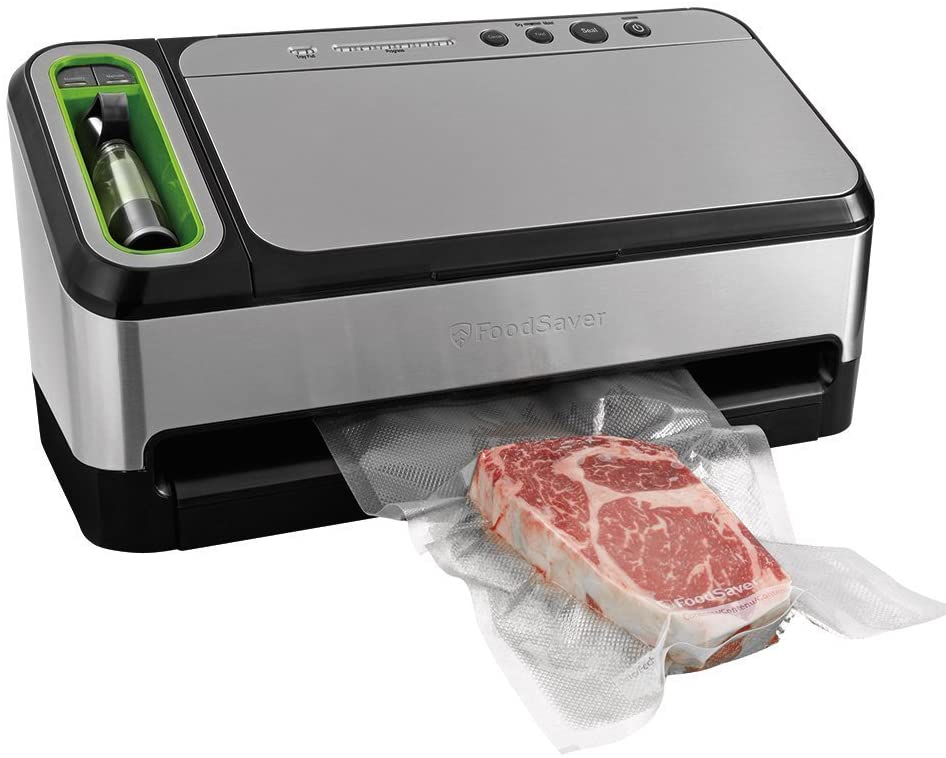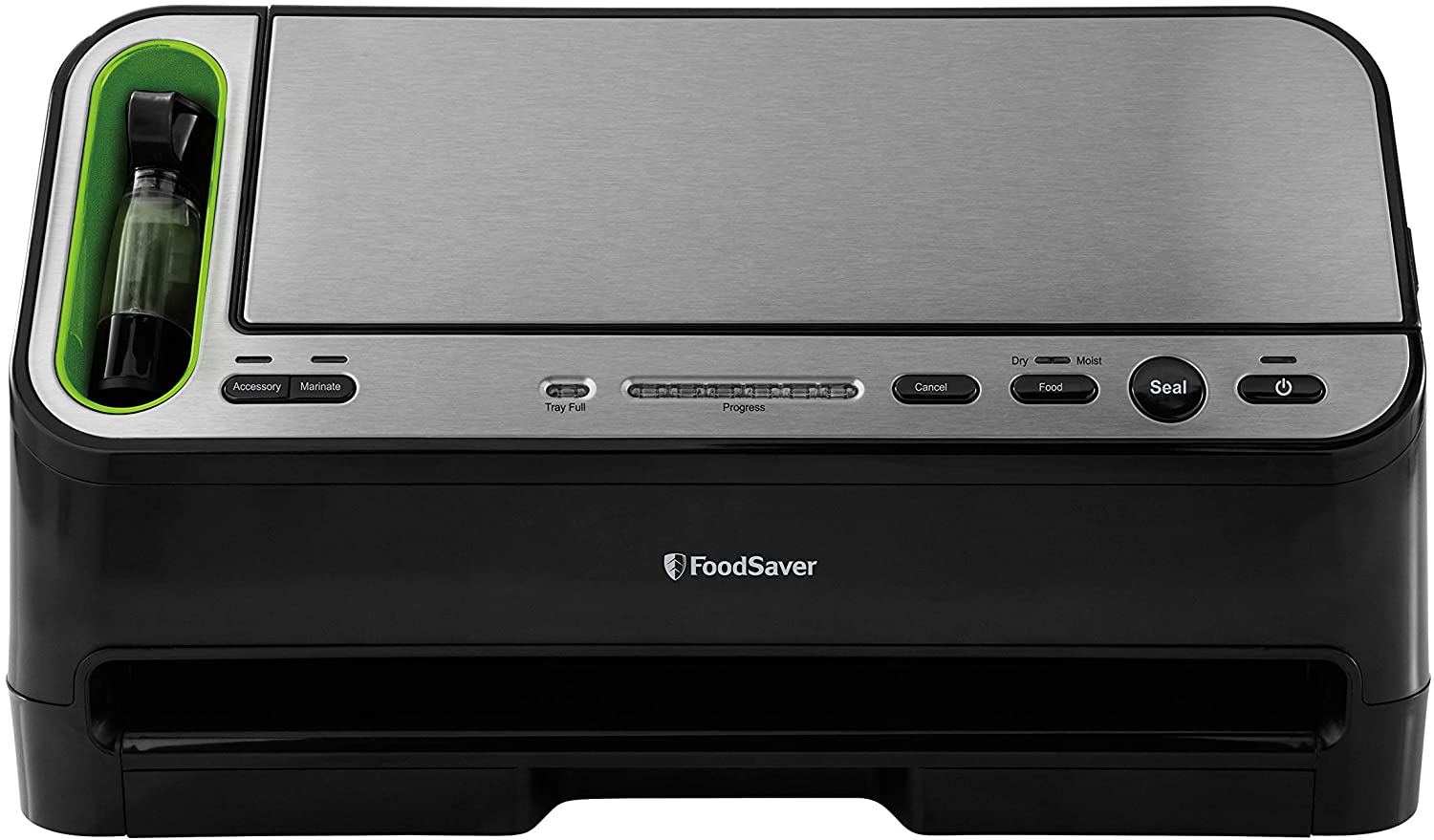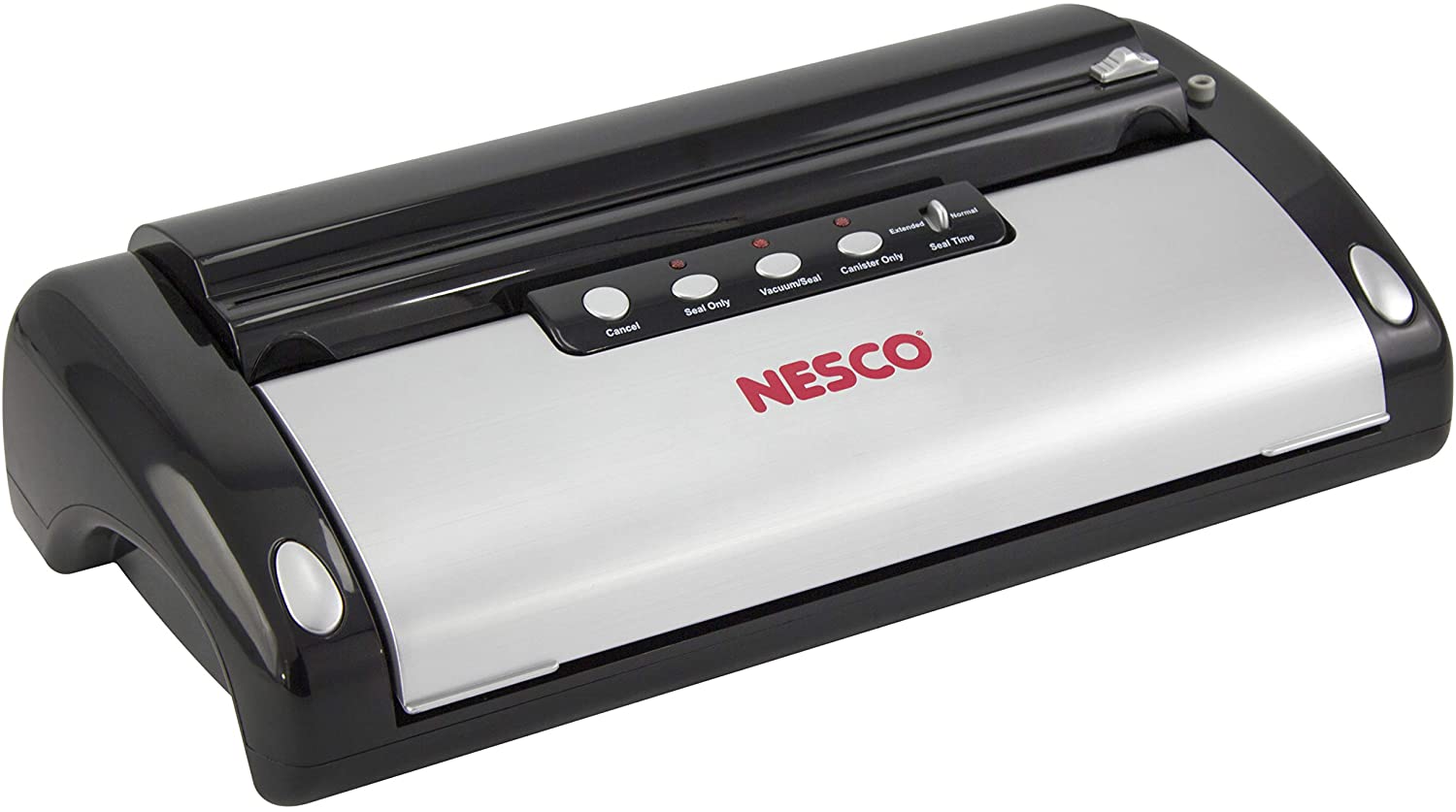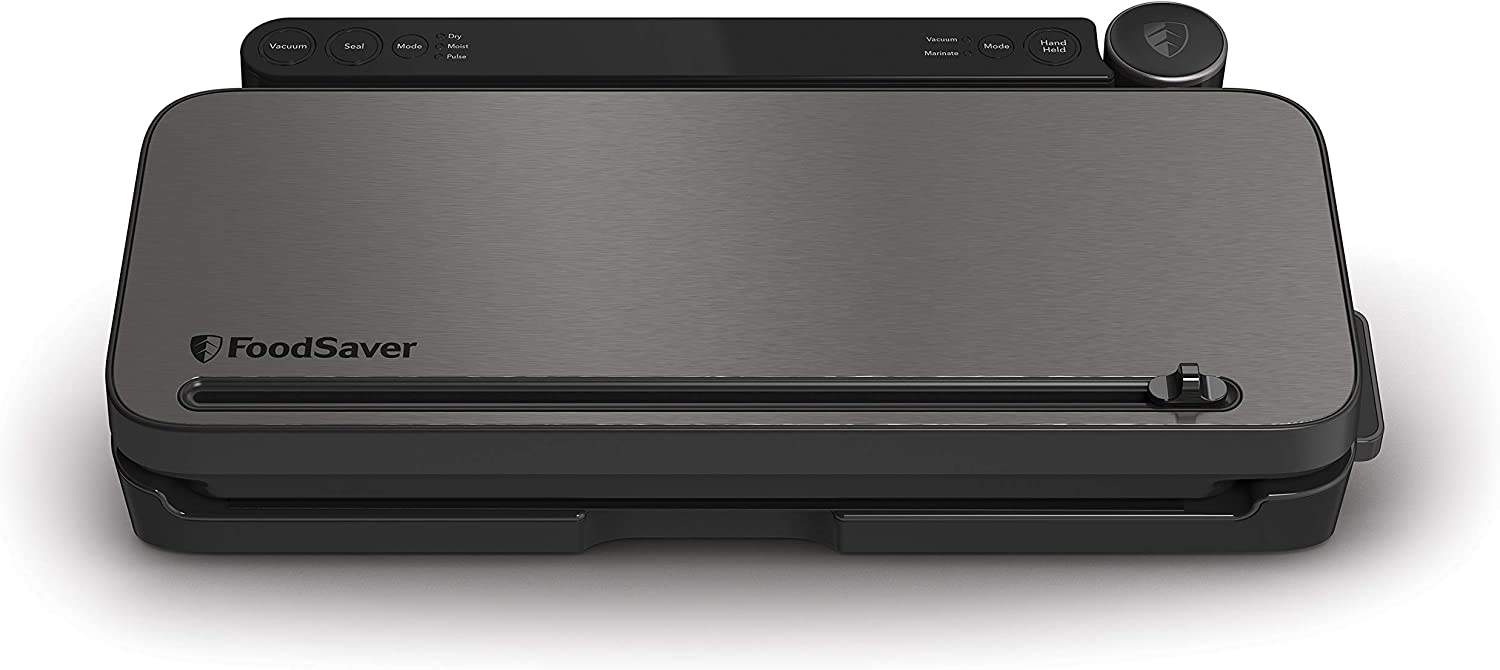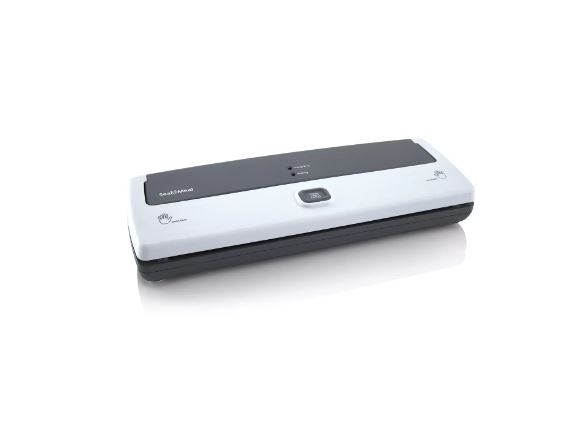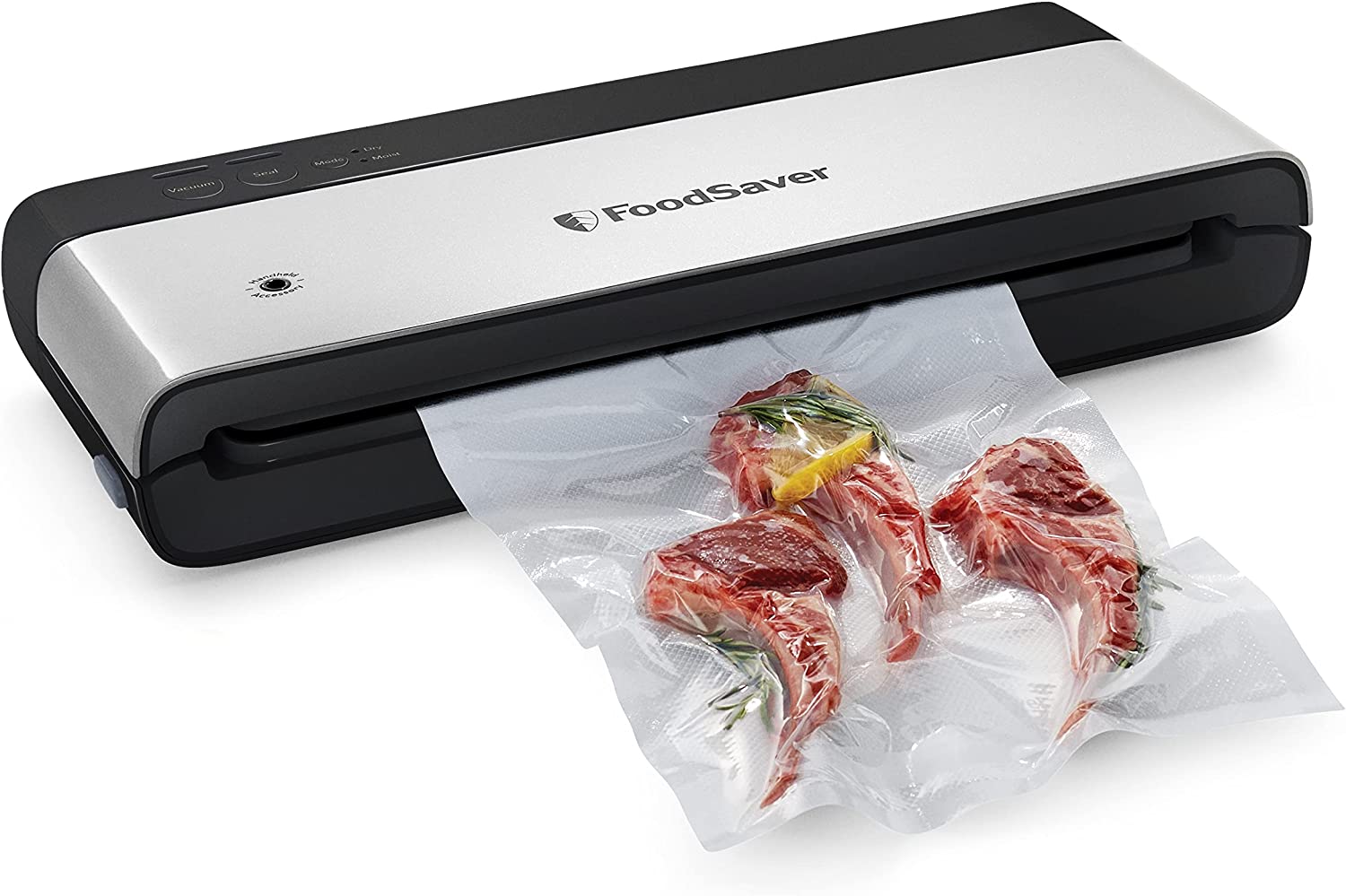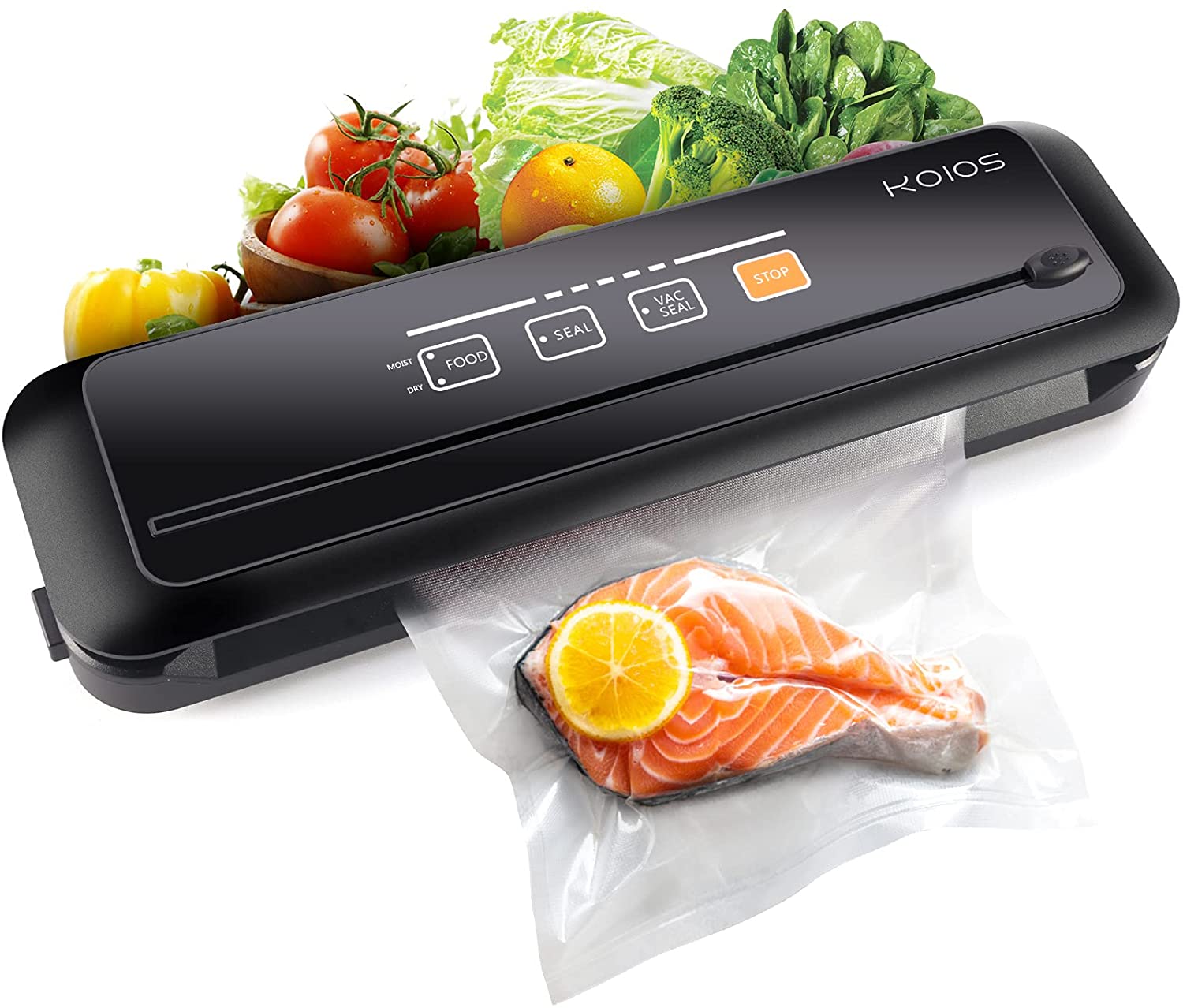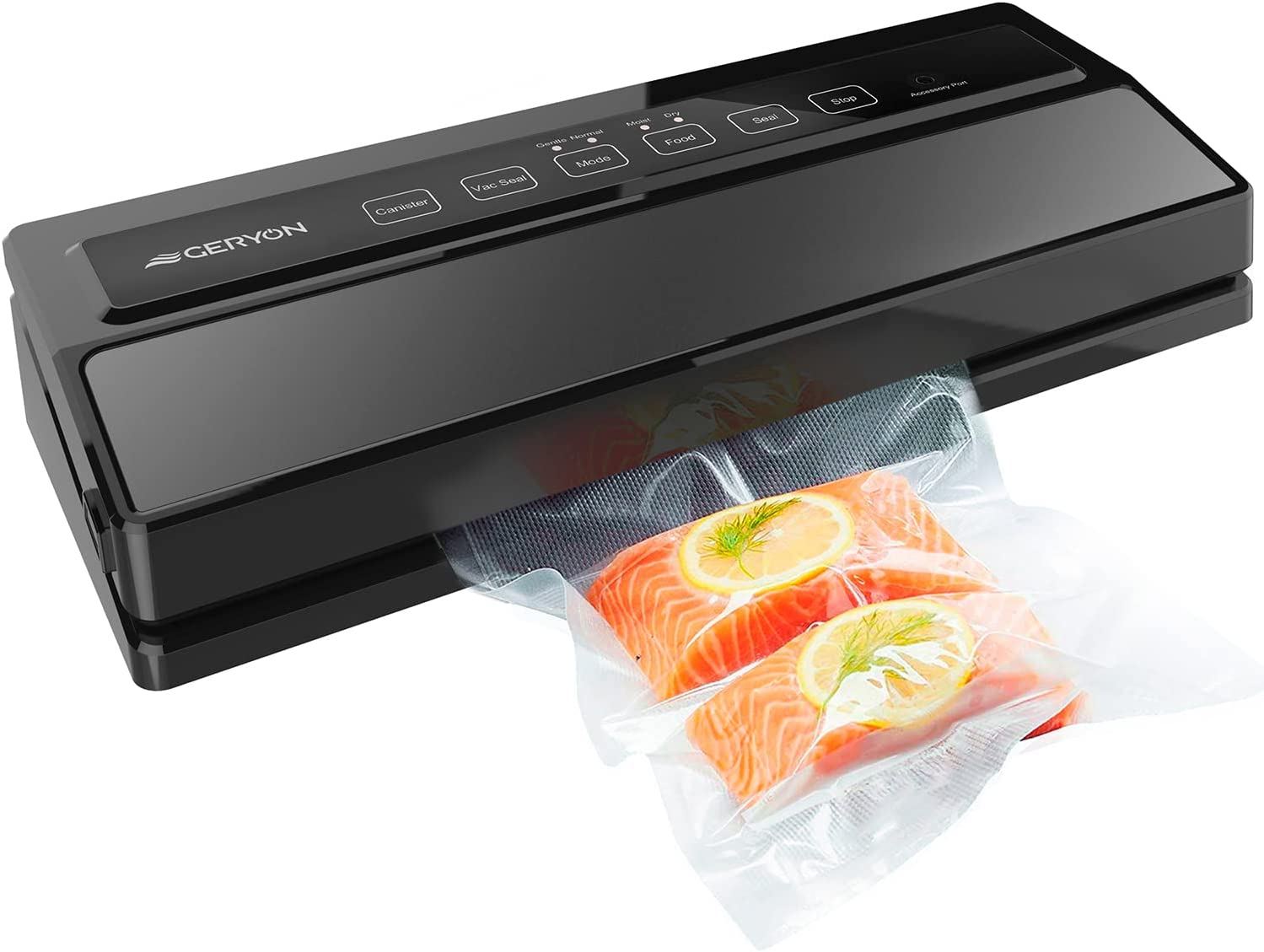Weston Pro-2300 Manual Extra Wide Vacuum Sealer
Last updated: January 7, 2022
We looked at the top Vacuum Sealers and dug through the reviews from some of the most popular review sites. Through this analysis, we've determined the best Vacuum Sealer you should buy.
Product Details
In our analysis of 65 expert reviews, the Weston Pro-2300 Manual Extra Wide Vacuum Sealer
placed 18th when we looked at the top 21 products in the category. For the full ranking,
see below.
From The Manufacturer
Extra long, 5 mm thick seal bar for sealing bags up to 15″. Rapid vacuum & seal time. Double piston pump draws up to 28″ Hg vacuum strength. Fan cooled motor prevents overheating for consistent sealing. Detachable power cord with storage. LED lights indicate progress. Automatic mode for one touch operation. Manual mode for sharp, delicate or moist foods. Transparent lid for bag alignment. 935 watts (120 volts, 60 Hz). Stainless steel. 2 year manufacturers warranty. Patented.
Julie ChernoffCulinary ExpertJulie Chernoff is a long-time member of Les Dames d’Escoffier (past president of the Chicago Chapter, and current co-chair of the LDEI Legacy Awards Committee), the Association of Food Journalists (AFJ) and the International Association of Culinary Professionals.
Chernoff is the dining editor of Better, a lifestyle website and print magazine. Her journalism started in the test kitchens of Weight Watchers Magazine. She holds a BA in English from Yale University and is a graduate of the California Culinary Academy. She has spent the last few decades styling, photographing, teaching, developing recipes, editing, thinking and writing about food.
Expert Reviews
What reviewers liked
You get a transparent, acrylic vacuum lid on top that lets you see what’s going on and allows you to accurately maneuver and adjust your bag before starting the sealing process.
The Weston is definitely on the speedier side, taking less time than the average to seal the bread, the rice, and the sausages.
This model can accommodate bags up to 15" wide (the standard size is 11").
This stainless steel vacuum sealer is truly the top of its line, and it is a great choice for people looking to invest in a sturdier, more powerful device for their vacuum sealing needs.
The Weston Pro-2300 is a top of the line performer with the power and components for reliable, repetitive use that makes it a smart choice for processing large volumes of food.
This vacuum sealer can be regarded as a great device which works perfectly for preserving and storing recently packed vegetables, fish, meats and other related food products.
As a result, the vacuum sealing process is shorter, while its quality is maintained high.
What reviewers didn't like
One of the limitations of this sealer is its large size, which takes up more kitchen space than many others.
However, this vacuum sealer is exceptionally large, heavy, and is one of the most expensive products we have tested so far, costing five to ten times as much as some of the other products in the review.
The biggest negative of this model is the price at $367.35 it's the highest price model we reviewed and is double the average vacuum sealer.
Unlike your average home unit, which is in most cases made out of high-quality plastic, the Weston Pro-2300 is made of stainless steel, and it’s much heavier, making it harder to move around the kitchen.
This is an excellent vacuum sealer despite being a little more expensive than the lesser offering made for home use.
I think it is quite heavier than the old one I used earlier.
In spite of their low price, it can be a hassle to think about which bags you’re allowed to use.
From our partners

